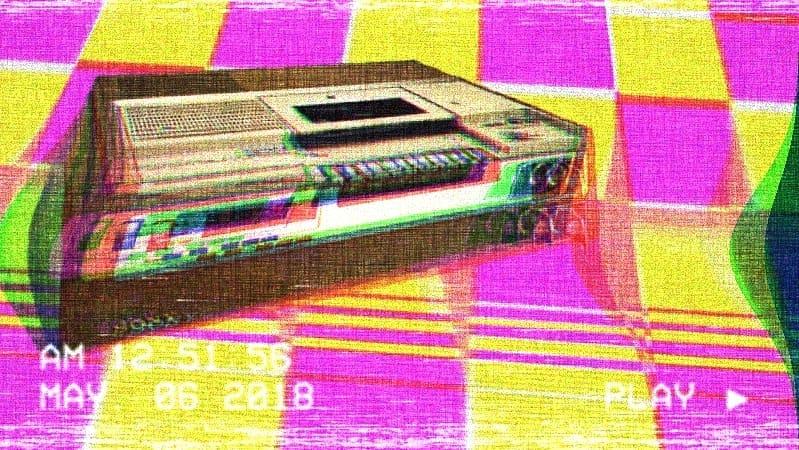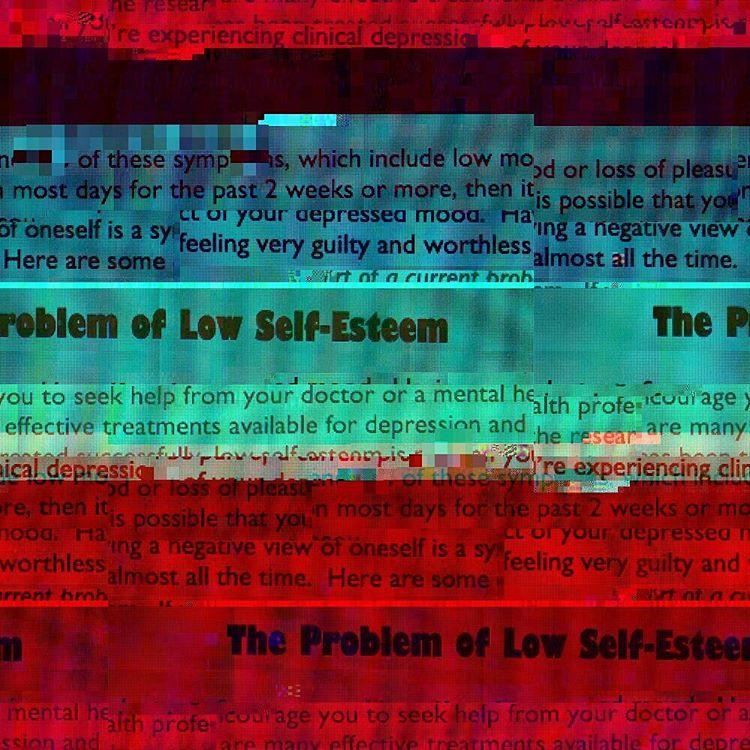
In the last 15 years I have done my best to have a paperless work flow. It was easy for a video professional. Those times I did need something printed, I would send my files to a local copy shop. Without a home printer, I wasn't buying ink cartridges, fixing paper jams, or wondering why my computer couldn't see the printer. Recently, my partner has been working on her Masters and many of the courses provide articles as the teaching materials, rather than textbooks. Screens are not great for reading. We spend so much time in front of screens, I can understand why my spouse prefers paper. I love my e-ink reader, a very old Kindle, but it is a special kind of hell trying to read a PDF on one of those. So, we decided to get a printer. Now, I feel absolutely filthy.
1980s Hacker Mom
The dream of the future was alive in my youth thanks to my Commodore 64 computer. Buying joysticks, a tape drive, a floppy drive, and a printer for the home was the start of something exciting. We got an Okidata Okimate color printer that was surprisingly inexpensive! That is, compared to the typical black & white printers at the time, which were more focused on small businesses, not hobbyists. Like the printers of today, the Okimate had cyan, magenta, and yellow to print in color. However, all three colors were stitched together on one ribbon in a single cartridge. Perhaps 5 inches of cyan, followed by 5 of magenta, 5 of yellow and repeat. If the Okimate was sitting on magenta, but needed to make green, it would fast forward to yellow and then print cyan over that. Need more green? Skip magenta again. It was wasteful, there's whole parts of the ribbon that had never been used. Get to the end of the cartridge? Sorry, buy a new one.
Not so fast! As you can imagine printing took a long time back then, so what else are you going to do, but watch? Mom noticed the color skipping behavior of the printer. When a cartridge reached its end, my mother grabbed a number two pencil and rewound the ribbon, much like us old people had to do if a cassette tape malfunctioned. She placed it back in the printer and we tried to print something new. It worked! Occasionally, the printer would attempt to use a color that was previously used the first time around and that would make some colorful glitches.(Maybe this is my first introduction to something I now enjoy, glitch art) Yet, this hack was worth it to a teenager who's most important prints were silly posters for the student council election. This is before the days of spell-check. I remember that poster on which I misspelled intelligent. Ugh.
Offset and Get the Fix
That brief trip down memory lane illustrates how printer manufacturers make money. In the early 2000s printers were dirt cheap. Buy an HP printer for $50! Better yet, buy an Apple computer and we'll throw in a printer for free. The companies do not make money on the hardware. They make money by selling you their proprietary ink cartridges. I remember those $50 printers having replacement ink starting at $30 apiece. Buy 12 of those in a year and you've just purchased 7 printers. Have a color printer? Now you're buying 4 different ink refills.
As consumers took notice of this pusher/drug user model, we started to fight back. Making a mess with syringes people began filling the previously used cartridge with ink. Whole businesses sprung from this and created a 3rd party market. We could get aftermarket ink on the cheap! As technology progressed those disruptive companies manufactured cartridges that looked exactly like the original equipment.
Of course, tech progressed at the printer manufacturers as well. Inexpensive chips could be added to print cartridges in much the same way car keys were chipped. Not an OEM cartridge? Sorry, you cannot print today. To further increase profit printers came with more bells and whistles. All-in-one printer scanners and 'wireless' printers were made to justify a higher price upfront. Ever have success with a wireless printer? Finding them on your network is harder than finding a giant squid in the ocean. No problem touch screens to the rescue. Easily configure your printer on the network, for an added cost of a touch screen.
Tanks for Nothing
In recent years, a few companies like Epson and Canon have taken a note from consumers and created eco or mega tank printers. They do not take cartridges, but have reservoirs for the ink. I was impressed by this innovation because I want to be less wasteful. This looked pretty interesting and excited me. However, I am very cynical. What's the catch? Well, the main benefit for the companies is getting your money upfront. Rather than giving you the typical smaller than normal ink cartridge in the box when you buy the printer, they give the tank printers a 2 year supply. Instead of paying $120 for that all-in-one printer, you pay $400 because you're getting 2 years of ink.
Okay, the working poor at Epson have to pay for their mandatory Disney+ subscription to forget about life. Plus, regular yacht maintenance is not cheap for the CEOs of the printer giants. Either pay for the ink with the purchase of the tank printer, or buy cartridges over the lifetime of another printer? The super tank printer seems slightly better for the environment, so how about I purchase...ERROR 5b00
The next best thing to selling you ink on a regular basis is planned obsolescence. While researching Epson EcoTank and Canon Megatank printers, I found lots of complaints about similar errors. Canons spit out the error above which means that the waste ink absorber pad is full. Inkjet printers can clog easily, so this pad is there to soak up things after a print or during a cleaning. So by maintaining the printer, you are killing it. You cannot replace the pad. You cannot print with the error. Epson has a similar design and gives you a less cryptic message, 'end of life.' Consumers who have called in for service have been told that the repair plus shipping is likely going to cost more than buying a new one. Epson's own site says the following.
Most consumers who are out of warranty elect to replace the printer because replacement of ink pads may not be a good investment for lower-cost printers. In most cases, when this message occurs, the printer's other components also may be near the end of usable life."
What about just making a serviceable ink pad? Again Epson, "Implementing this type of a design would result in more expensive printers. Most users would not benefit from such higher costs because their printers will never reach the Parts End of Life message.
Paper Jam
Today, after researching what printer to purchase, I feel exploited and weary. Epson is completely correct in its assumption people will buy new printers if they receive the planned obsolescence error. Bringing this issue to our governments would likely result in zero interest from politicians. We, the people, do not have the time and energy to fight lobbyists and lawyers. A lawmaker is more likely to send you a new $120 printer, then take your concerns and investigate.
We live in a disposable society. There are no vacuum or television repair businesses. Washers, dryers, and even bicycles make their way to landfills because the cost of repair is far more than replacement. Warranties are lip service more than anything else. When you complete the phone maze to finally get a human, they explain to you that buried in the fine print is a clause that says, "Not today, Sunshine." Instead of manufacturers backing a product with pride, retailers and other companies fill the warranty gap with "extended warranties." Much like the manufacturers, they have their own fine print. Thus, we are left with making another purchase to avoid the headache. The path of least resistance always wins.
There Is No Margin
One last note to add to my research. If we go back to the beginning, printer manufactures create these devices to make a profit. One of the ways companies have found to sustain profits is through subscription. So, HP has created a program where the printer tells HP it is running low and they automatically send you new ink in the mail. They have several monthly payment plans and you can quit to let the useless device collect dust at any time. Sound familiar? This is how Xerox works. The price of their copy machines is beyond affordable for even large businesses. Instead, most lease the machines and pay for the toner and maintenance. As an aside, movie theaters are now stuck in this model thanks to the rise of digital projectors. We live in the age of Subscribe or Die, I guess.
So what could I buy to solve the issue of printing many documents at home in an economical and environmentally friendly way? As I said above, I was weary from the research. I gave up on finding something that would be a useful and worthwhile investment for our future endeavors. Instead, I opted for something that could handle infrequent printing. No clogs in a laser printer. I will bow to my new master, Brother, and be thankful every time I am able to easily find the required toner cartridge. Perhaps I should take bets on how many prints it will be able to make before it reaches the manufactured "end of life" count coded into the machine?









